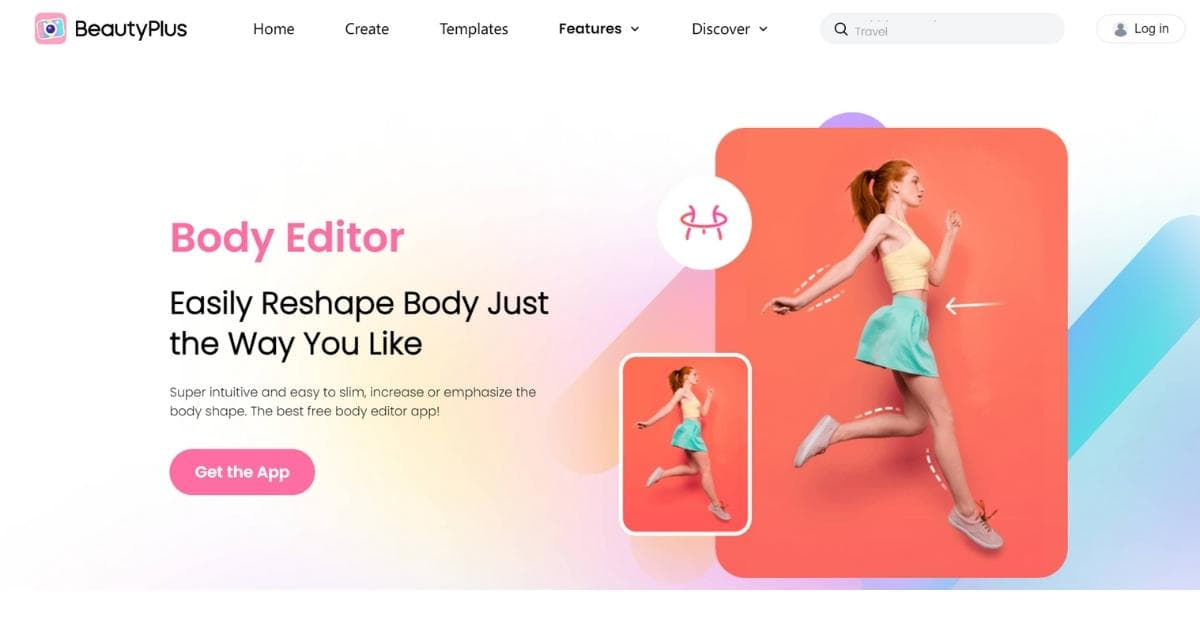In an era driven by digital innovation, the quest for perfection has extended beyond the physical realm into the virtual space. The emergence of body editing tools has revolutionized the way we perceive and present ourselves online. These tools offer a seamless blend of creativity and technology, allowing users to enhance their images, boost confidence, and curate a unique online persona. In this article, we delve into the world of body editing tools, exploring their functionalities, impact, and the ethical considerations associated with their use.
What Are Body Editing Tools?
Body editing tools are software applications designed to modify and enhance images, with a primary focus on the human body. These tools empower users to make adjustments to various aspects of their appearance, such as body shape, skin tone, and facial features. While some tools cater to basic retouching, others provide advanced photo editing capabilities like virtual wardrobe changes, makeup application, and even hair color alterations.
Key Features and Functionalities Of Body Editing Tools
1. Body Reshaping:
- Users can adjust body proportions, including waistline, hips, and more.
- Smart algorithms ensure natural-looking modifications without distortion.
2. Skin Retouching:
- Tools offer features like blemish removal, skin smoothing, and color correction.
- Advanced options for simulating different lighting conditions for a realistic touch.
3. Facial Retouching:
- Fine-tune facial features, such as eyes, nose, and lips.
- Virtual makeup application for experimenting with different looks.
4. Virtual Wardrobe:
- Try on virtual outfits to experiment with fashion choices.
- Change clothing colors and styles without physically trying them on.
The Impact of Body Editing Tools
While these tools empower users to explore their creative side and enhance their online presence, there are ethical considerations to be mindful of. The increasing use of body editing tools has sparked discussions about unrealistic beauty standards and the potential impact on mental health. Striking a balance between self-expression and promoting healthy body image is crucial.
FAQs
Q1: Are body editing tools safe to use?
A1: Most body editing tools are safe when used responsibly. However, excessive or unrealistic modifications can contribute to unrealistic beauty standards and potential negative impacts on mental health.
Q2: Can body editing tools be used for professional purposes?
A2: Yes, some body editing tools offer professional-grade features and are used in the fashion and entertainment industries for retouching and enhancing images.
Q3: Are there any free body editing tools available?
A3: Yes, there are free body editing tools with basic features. However, more advanced functionalities often require premium subscriptions or one-time purchases.
Q4: How can one ensure the ethical use of body editing tools?
A4: Users can promote ethical use by avoiding excessive modifications, being transparent about image alterations, and fostering body positivity.
Conclusion
In the age of digital self-expression, body editing tools have become a powerful means of shaping online identities. By understanding their features, impact, and ethical considerations, users can navigate this digital landscape responsibly, fostering a balance between self-enhancement and realistic representation. Embracing technology while promoting authenticity is the key to unlocking the full potential of body editing tools in the modern era.
This page was last edited on 28 February 2024, at 10:18 am
